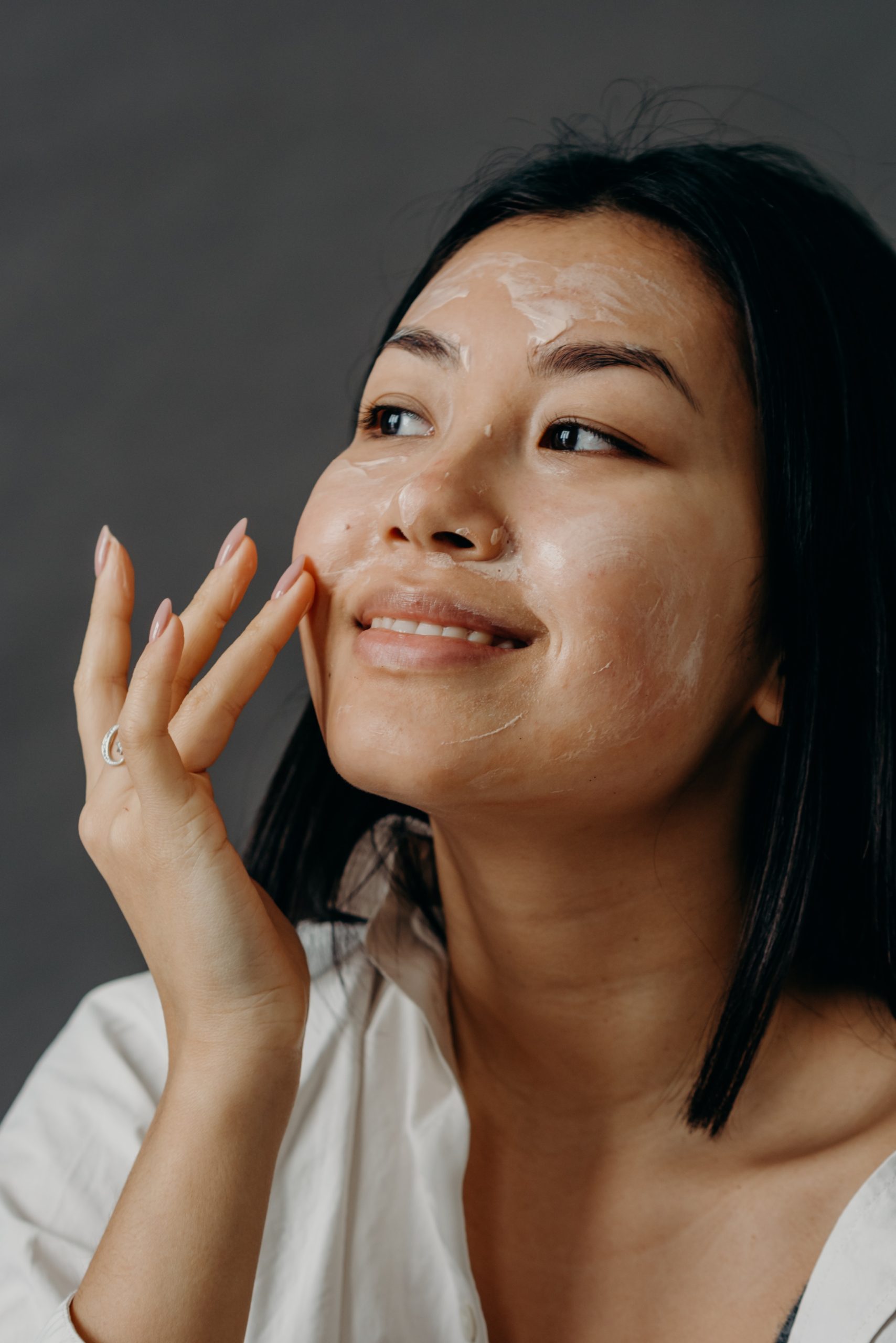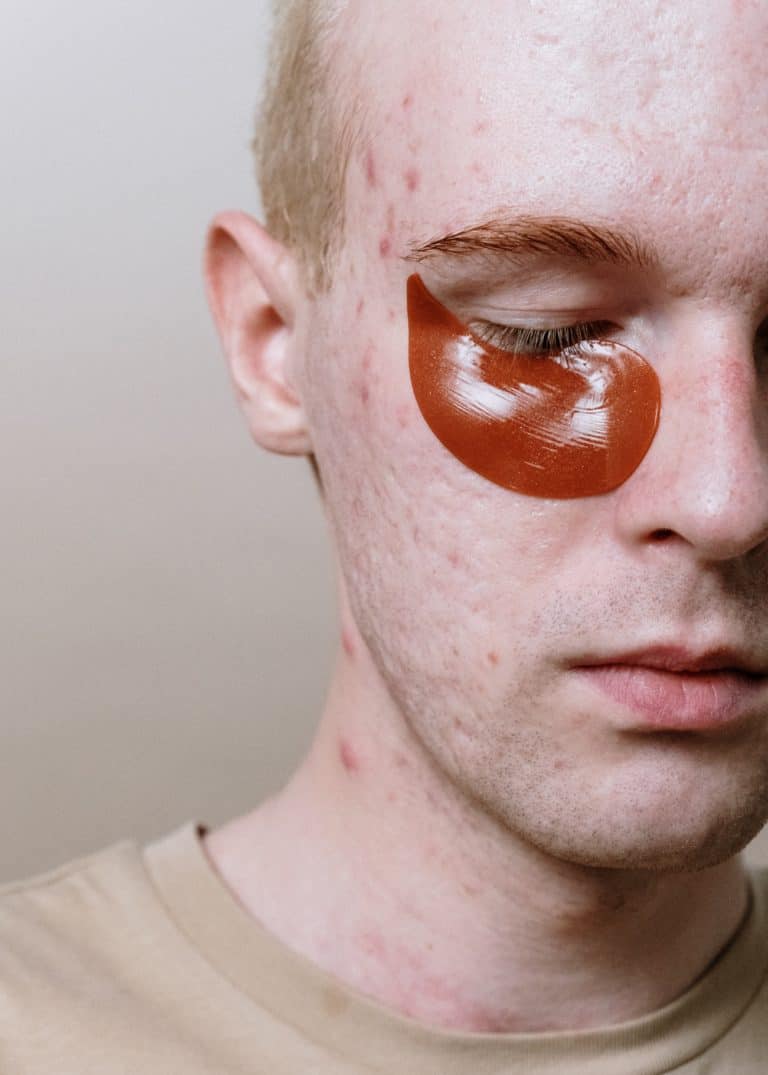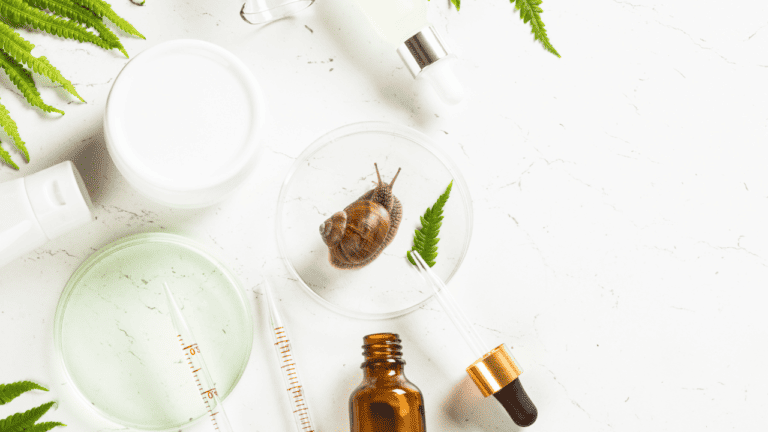Depending on the type of face mask, oily skin types should use face masks on average 2 to 3 times per week. However, consider if you’re using a sheet mask, gel mask, charcoal mask or exfoliating mask as they are so different and some can be used many times a week while some should only be used at most, once a week.
Even if you have oily skin, you can definitely still use face masks it really depends on what kind of face mask you are using.
Here’s how often you should use each face mask:
1. Sheet Masks: 2 to 3 times per week

When we have oily skin, it’s often already quite moisturized. However, for most of us, only our T-zone is very oily whilst the rest of the skin gets left out. To maintain a good balance, I find that 2 to 3 times per week is a good amount to keep your skin fresh and moisturized without leading to breakouts.
2. Clay Masks: 1 or 2 times per week

Clay masks contain natural clays like kaolin or bentonite that help absorb excess oil and impurities from the skin. This sounds great to people with oily skin, but be careful because you don’t want to strip your skin too much. If you take too much oil out of your skin and don’t manage to replenish it with the moisture that your skin barrier needs, you’ll cause more breakouts instead. So use clay masks to manage your pores and oil production but don’t try to completely get rid of it, I’d recommend using it 1 to 2 times per week.
3. Cream Masks: Once a week or none at all
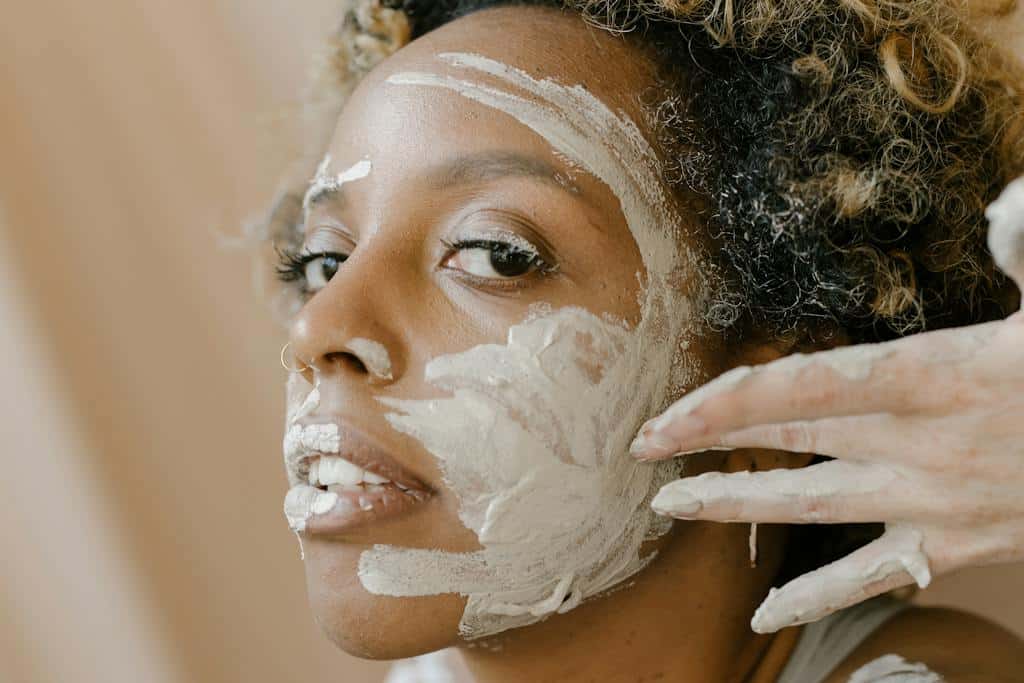
Cream masks have a creamy, rich texture and are formulated to provide intense hydration and nourishment. They often contain moisturizing ingredients like shea butter, oils, and humectants to soothe and replenish dry or dehydrated skin so these aren’t suited for oily skin in general which is why you could possibly use it once a week, when your skin is feeling dull, but I wouldn’t over do it as it might “over hydrate” your skin.
4. Gel Masks: 3 to 4 times a week
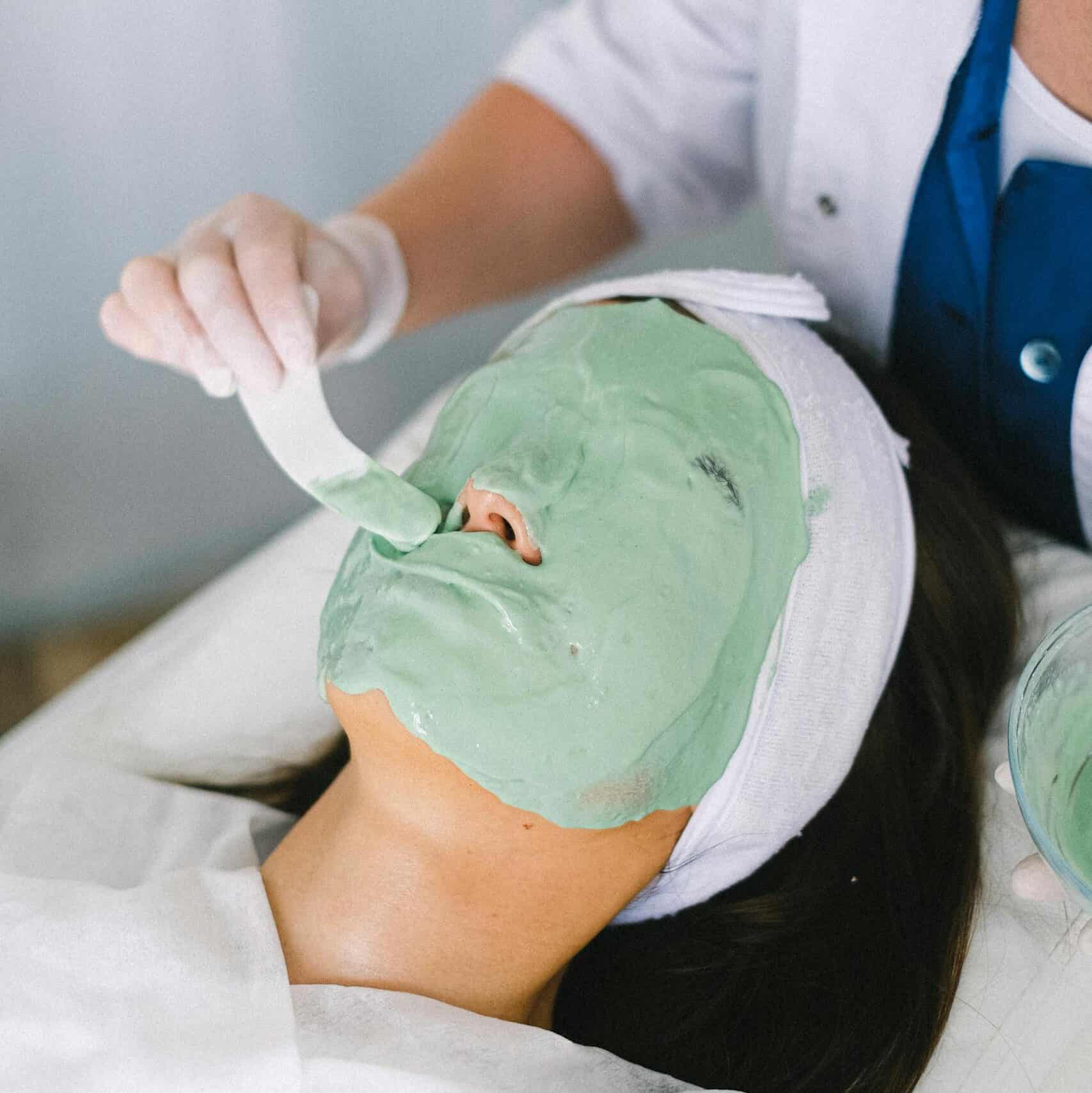
Gel masks are perfect for people with oily skin because they are lightweight and non-greasy, something we have to watch for. They also hydrate without adding extra oil have a cooling and refreshing feel on the skin. They are ideal for soothing and calming irritated or sensitive skin. Gel masks also don’t Gel masks can contain a variety of ingredients, including aloe vera, cucumber extract, and hyaluronic acid.
5. Exfoliating Masks: 1 to 2 times per week
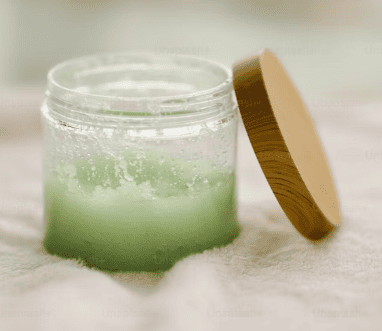
These masks are formulated to slough off dead skin cells and promote a smoother, more radiant complexion. They may contain physical exfoliants like microbeads or chemical exfoliants like alpha hydroxy acids (AHAs) and beta hydroxy acids (BHAs).
6. Sleeping Masks: 1 to 2 times per week
Also known as overnight masks or sleeping packs, these masks are designed to be left on the skin while you sleep. Although it seems great to provide continuous hydration and nourishment, it’s not very good for us, who have oily skin because we do produce a lot of oils at night which means it could instead end up clogging your skin and making it unable to breathe throughout the night.
7. Peel-off Masks: 2 to 3 Times Per Week
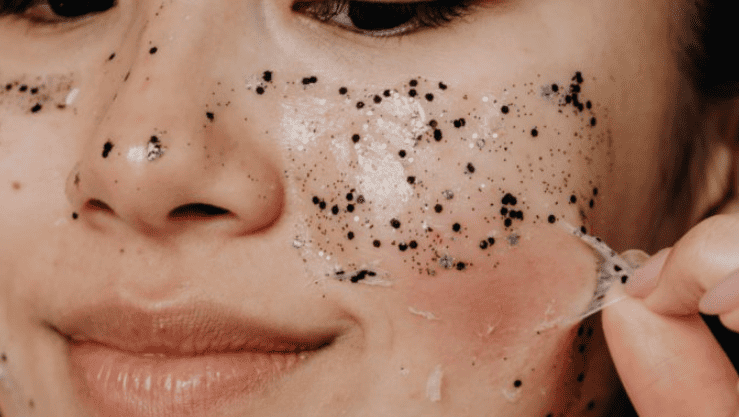
Peel-off masks create a thin, rubbery layer on the skin that is peeled off once it dries. They can help remove impurities, unclog pores, and improve skin texture.
8. Charcoal Masks: 1 to 2 times per week

Charcoal masks contain activated charcoal, which has the ability to draw out impurities and toxins from the skin. They are especially popular for deep cleansing and detoxifying the skin.
Choosing the Right Ingredients For Your Face Mask
When selecting a face mask for oily skin, it is essential to consider the ingredients present in the product. Look for ingredients such as clay and charcoal, which help absorb excess oil and detoxify the pores. These ingredients will help control sebum production and minimize breakouts.
For added benefits, consider face masks containing hyaluronic acid and alpha hydroxy acids (AHAs). Hyaluronic acid provides lightweight hydration, which is crucial for oily skin. AHAs gently exfoliate the skin’s surface, keeping your pores clean and preventing further acne.
Incorporating vitamin C into your face mask can also be beneficial. This vitamin helps brighten the complexion, promotes collagen production, and protects against environmental damage.
Try Double Cleansing Before Your Face Mask
If you don’t know what double cleansing is, it’s essentially using an oil-based cleanser, and then using a water-based cleanser. It helps to cleanse your skin more deeply and get rid of any dirt that could possibly be left over to provide a clean slate for you to
Precautions and Safety Tips
When using a face mask for oily skin, it’s important to consider some precautions and safety tips to ensure its effectiveness and prevent irritation.
Firstly, always do a patch test with any new face mask product before applying it to your entire face. Apply a small amount of the product on the inner part of your forearm, and wait 24 hours to see if any irritation or an allergic reaction occurs. If you notice any redness, itching, or discomfort, do not use the product on your face.
